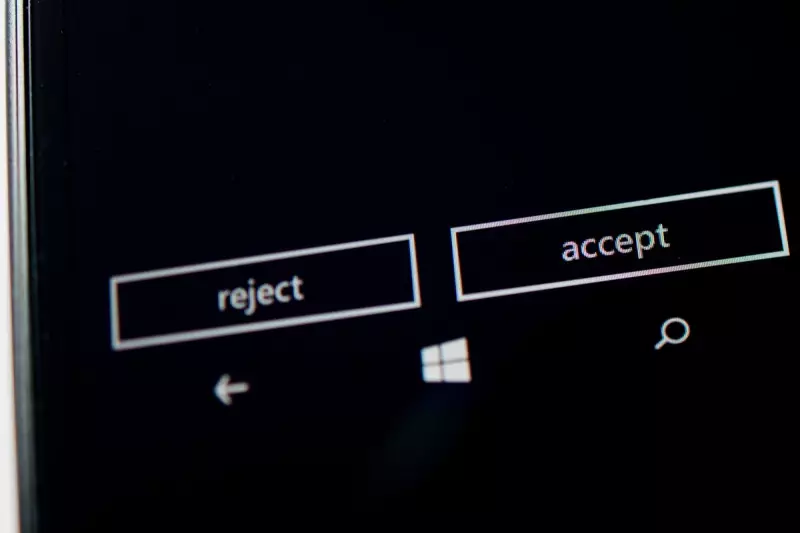
Millions of Windows 10 users are facing a critical security emergency as Microsoft quietly phases out essential protection features, leaving computers exposed to sophisticated cyber threats.
The Unseen Danger in Your Desktop
While Windows 10 continues to receive general security updates, Microsoft has begun disabling crucial protective mechanisms that form the first line of defence against modern malware and hacking attempts. This silent change could affect over a billion devices worldwide.
What's Actually Disappearing?
The tech giant is systematically removing advanced security protections including:
- Real-time threat detection systems that block zero-day attacks
- Behavioural monitoring that identifies suspicious activity patterns
- Automatic mitigation features that prevent malware installation
- Enhanced firewall protocols that guard against network intrusions
Why This Matters for Every User
Security experts are sounding the alarm that this creates a perfect storm for cybercriminals. Without these protective layers, even updated Windows 10 systems become significantly more vulnerable to:
- Ransomware attacks that can encrypt your personal files
- Data theft from banking and personal accounts
- Identity fraud through stolen credentials
- System hijacking for criminal botnet operations
The Upgrade Dilemma
Microsoft's strategy appears designed to push users toward Windows 11, but many computers don't meet the stringent hardware requirements for the newer operating system. This leaves millions of functional devices in a dangerous limbo - too old for Windows 11 but increasingly vulnerable on Windows 10.
Protecting Your System Now
While the situation appears dire, there are immediate steps users can take to bolster their defences:
Implement robust third-party security software to replace the disappearing Microsoft protections. Look for solutions that offer real-time monitoring and behavioural analysis.
Regularly backup critical data to external drives or cloud services. This remains your best defence against ransomware attacks.
Practice extreme caution with email attachments and website downloads. Human vigilance becomes your primary security layer.
The clock is ticking for Windows 10 users worldwide. As Microsoft continues its phased withdrawal of security features, the window for taking protective action grows narrower each day.





